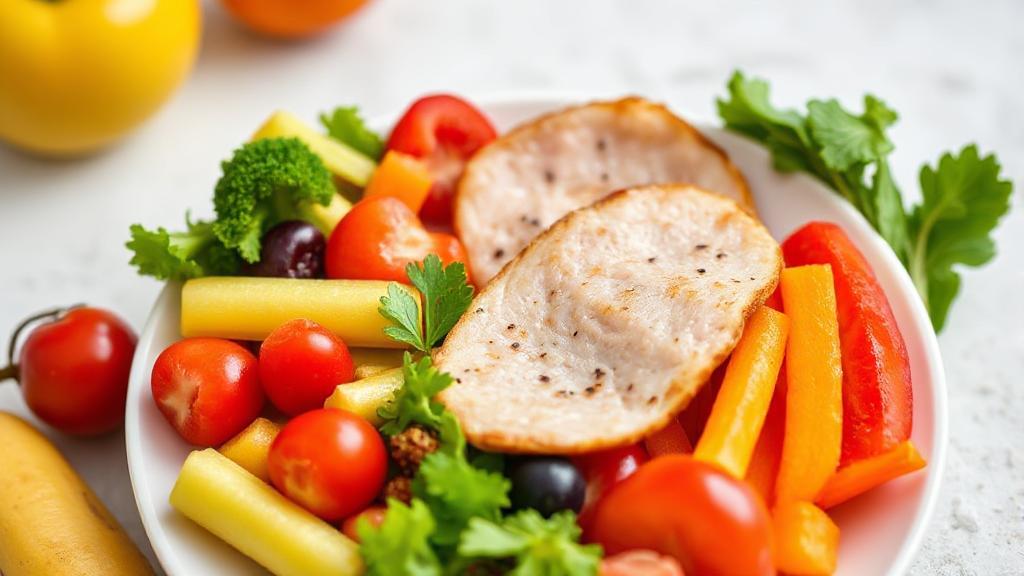Understanding Semaglutide and Caloric Needs
Semaglutide is a medication used to treat type 2 diabetes and manage weight loss by mimicking GLP-1, a hormone that regulates appetite and food intake. It works by targeting brain areas that control hunger, leading to reduced appetite and potential weight loss.
Determining Basic Caloric Requirements
Your caloric needs depend on several factors:
- Age
- Gender
- Height
- Current weight
- Activity level
- Overall health status
Basal Metabolic Rate (BMR)
Your Basal Metabolic Rate represents the calories needed for basic bodily functions. Calculate it using the Harris-Benedict Equation:
- For men: BMR = 88.362 + (13.397 x weight in kg) + (4.799 x height in cm) - (5.677 x age in years)
- For women: BMR = 447.593 + (9.247 x weight in kg) + (3.098 x height in cm) - (4.330 x age in years)
Total Daily Energy Expenditure (TDEE)
Calculate TDEE by multiplying BMR by your activity level:
- Sedentary: BMR x 1.2
- Lightly active: BMR x 1.375
- Moderately active: BMR x 1.55
- Very active: BMR x 1.725
- Super active: BMR x 1.9
Recommended Caloric Intake
Minimum Daily Calories
- Women: No less than 1,200 calories
- Men: No less than 1,500 calories
Important: Consuming fewer calories than these minimums can be counterproductive and potentially dangerous, even with semaglutide's appetite-suppressing effects.
Research from the STEP clinical trials shows that patients typically reduce their caloric intake by 20-35% without conscious effort during initial treatment.
Nutritional Considerations
Protein Requirements
- Aim for 0.8-1.2g of protein per kilogram of body weight
- Focus on lean protein sources
- Spread protein intake throughout the day
Balanced Diet Components
- Lean proteins: chicken, fish, tofu, legumes
- Complex carbohydrates
- Whole grains: brown rice, quinoa, whole wheat bread
- Fruits and vegetables: variety of colors and types
- Healthy fats: avocados, nuts, olive oil
- Adequate fiber
Hydration
Staying hydrated is crucial, especially when appetite is suppressed. Aim for 8-10 glasses of water daily, more if active or in hot weather.
Monitoring and Adjustment
Tracking Methods
- Food tracking apps like MyFitnessPal or Lose It!
- Regular weight monitoring
- Food journals
- Regular healthcare provider consultations
Warning Signs to Watch For
- Excessive fatigue
- Rapid weight loss (more than 2 pounds per week)
- Difficulty concentrating
- Muscle weakness
- Dizziness
- Mood changes
Exercise Considerations
If you're physically active, adjust calories accordingly:
- Light exercise: Add 200-300 calories
- Moderate exercise: Add 300-400 calories
- Intense exercise: Add 400-600 calories
For more detailed information, visit the FDA's medication guide or consult with a healthcare professional.
